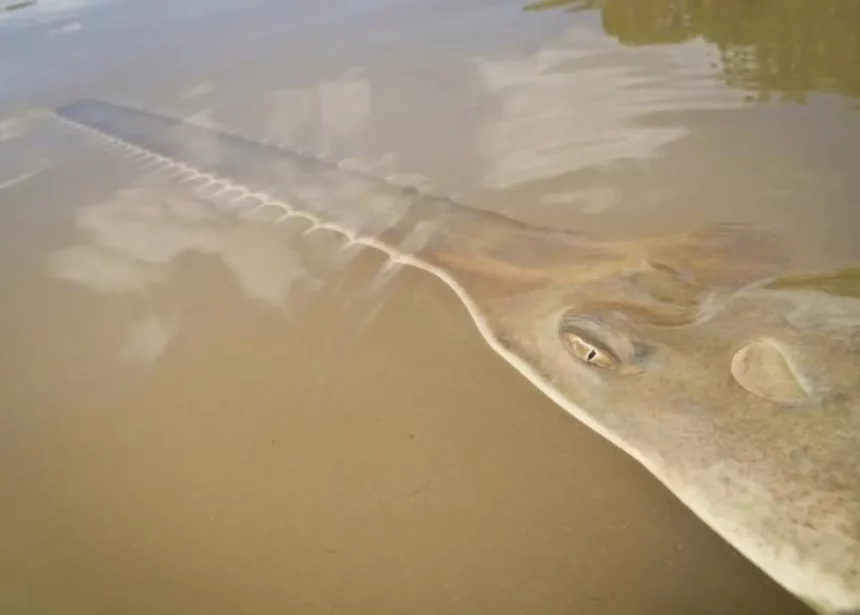In the serene waters of the Lower Florida Keys, a troubling phenomenon has emerged, threatening the critically endangered smalltooth sawfish. Known for their distinctive saw-like snouts and formidable size, these marine creatures have begun exhibiting erratic spinning behaviors, leading to a concerning increase in unexplained deaths. This crisis has prompted an emergency response from NOAA Fisheries, signifying a critical moment in wildlife conservation.
At the center of this emergency lies not only the plight of the smalltooth sawfish but also a reflection of the broader challenges facing marine biodiversity. The fragility of critically endangered species and the multitude of threats they face are highlighted by this recent crisis. As conservationists and researchers work tirelessly to uncover the cause and mitigate the impact, the story of the smalltooth sawfish serves as a poignant reminder of the importance of environmental stewardship and our interconnectedness with the natural world.
The smalltooth sawfish, resembling a creature from prehistoric times with its unique saw-like rostrum, is now facing an existential crisis in the Lower Florida Keys. These fish are not only a marvel of evolution but also a vital part of the marine ecosystem. However, their existence is under threat like never before, with reports of spinning and whirling behavior leading to unexplained deaths.
To address this dire situation, NOAA Fisheries, along with various conservation organizations and aquariums, has launched an ambitious plan to rescue and rehabilitate affected sawfish. Adam Brame, the sawfish recovery coordinator at NOAA Fisheries, emphasizes the significance of this initiative, aiming to release rescued sawfish back into the wild once they are healthy.
Recent data shows a distressing toll on the smalltooth sawfish population, with a significant number of individuals affected and a notable mortality rate among them. The challenge of accurately assessing the impact is compounded by the negative buoyancy of the sawfish, which hampers the identification of all casualties.
Scientists and conservationists are working tirelessly to decode the mysterious affliction affecting the smalltooth sawfish. Water quality tests and necropsies have been conducted, but conclusive evidence of the cause remains elusive. Climate change is among the suspected factors, with record-breaking seawater temperatures potentially impacting the sawfish’s behavior.
Conservation efforts for the smalltooth sawfish involve a multifaceted approach, including rescue, rehabilitation, and monitoring of affected individuals. The goal is to not only save this critically endangered species but also gain insights that can benefit other marine creatures facing similar threats.
The smalltooth sawfish’s unique morphology and role as an apex predator in marine ecosystems highlight the urgency of conservation efforts. As a vital component of the marine environment, their presence helps maintain balance and biodiversity, essential for the health of coral reefs and seagrass beds.
The comprehensive conservation strategy for the smalltooth sawfish encompasses rescue, rehabilitation, and release efforts aimed at protecting and preserving this iconic species. By intervening directly in the lives of these wild creatures, conservationists are setting a new precedent for wildlife conservation worldwide.






